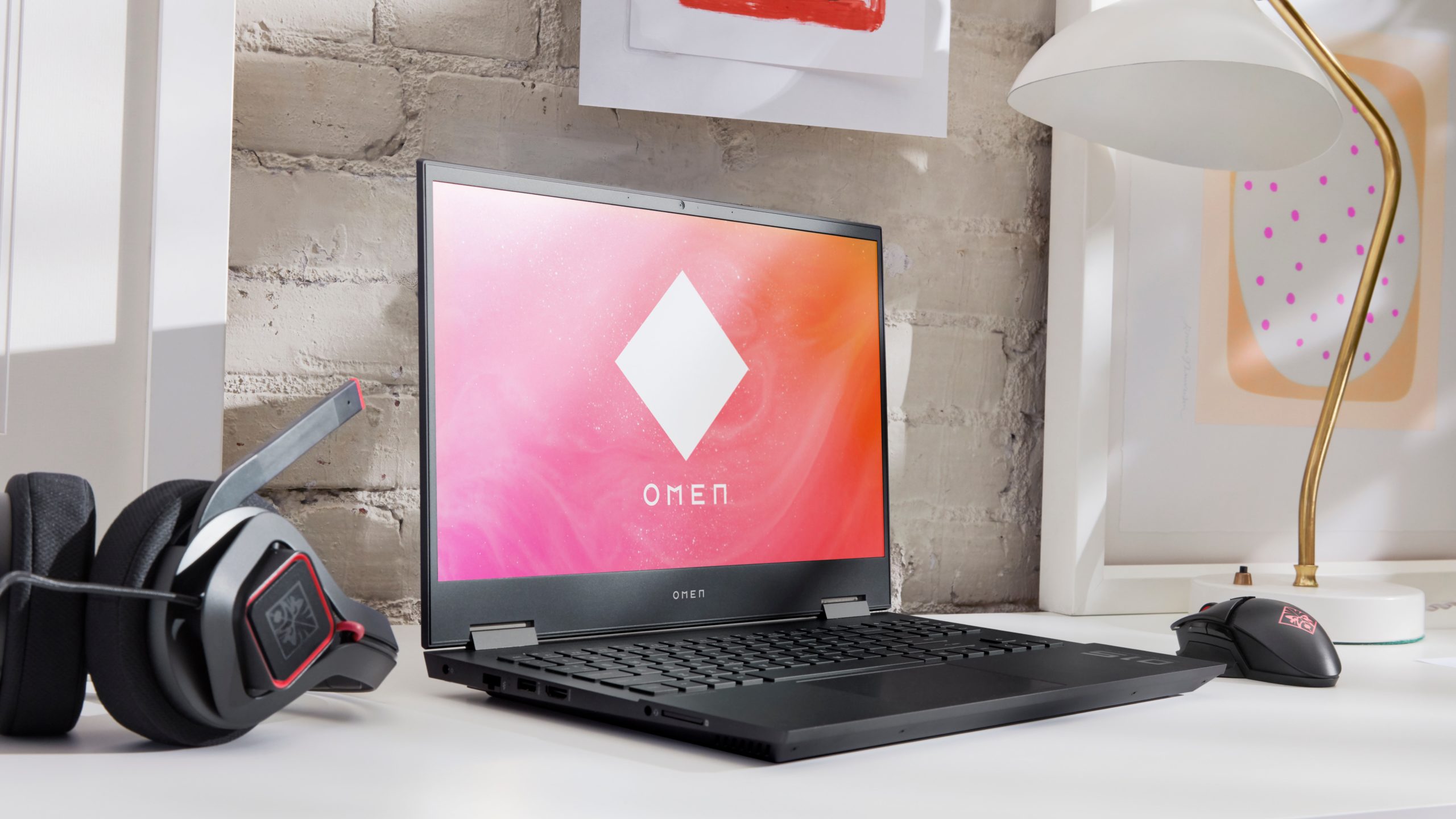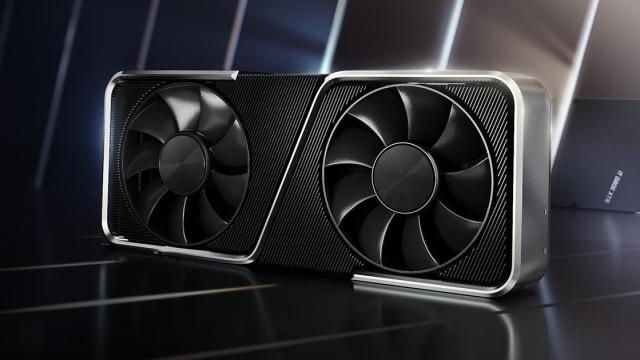You may have noticed that along with being perpetually out of stock, PC graphics cards are more expensive than ever. This is no coincidence, and it isn’t solely caused by the ongoing chip shortage.
No, these price hikes are partially the result of a Trump-era tariff against imports from China. With President Joe Biden now in office, tech giants whose products rely on GPUs are asking the White House to exempt graphics cards manufactured in China.
While the Biden administration has kept Trump’s tariffs on Chinese goods in place, the U.S. Trade Representative said in October that it was considering reinstating some exclusions after letting them expire at the end of last year. Already facing crippling supply shortages, tech companies — Google, Apple, and Intel among them — swiftly backed temporary waivers for tariffs on products and components produced in China.
Nvidia, HP, and PC-hardware firm Zotac joined the growing choir earlier this week when they filed separate requests to the office of the U.S. Trade Representative. These submissions shared the same production exemption on “printed circuit assemblies for rendering images onto computer screens (‘graphics processing modules’).” Or, as we know them, graphics cards or GPUs.
Graphics cards, the engine behind consoles and gaming laptops, have been one of the most elusive products to buy during the coronavirus pandemic as the chip shortage has prevented supply from coming close to meeting demand. Not only are they difficult to find, but the few that trickle into the market are more expensive as a result of the 25% tariff instated in 2018 at the start of Trump’s trade war with China.

One of the goals of the tariff was to encourage companies to move manufacturing to the United States, but the supply chain for many components still heavily relies on Chinese factories. Nvidia used this to argue that GPUs should be exempted from the tariff, stating:
“The products are not manufactured in the U.S. and in only limited amounts in Taiwan. Efforts to create new capacity in countries that presently do not manufacture such products (such as the U.S. and Vietnam) were unsuccessful and were severely hampered by the fallout from covid-19.”
It continued, “Given the limits on supply of semiconductors, it also would have been the wrong time to face lower yields that are associated with new sites.”
HP echoed Nvidia, citing the industry’s reliance on China not only for manufacturing but other processes involved in bringing graphics components to market.
“AMD and Nvidia have manufacturing locations throughout Asia, in China, the Philippines, Hong Kong, Taiwan, and Malaysia. However, different product lines are sourced from designated locations,” HP told the USTR.
“Regardless of where a graphics chip is initially produced, China is a hub for the ‘back-end’ production (i.e., labour-intensive manufacturing and testing steps) and thus the primary source for imports,” the company said. “The products HP sources are not currently produced elsewhere at sufficient capacity, quality, and compatibility needed.”
These requests for exclusions come just days after Razer CEO Min-Liang Tan admitted that gaming laptops in 2022 will be more expensive due to “significant increases in component costs.”
It’s clear some combination of shortages and tariffs is finding its way to individual consumers in the form of low product supply and high prices, and graphics cards are among the hardest-hit victims. But there are other factors involved as well.
Demand for gaming hardware has spiked since the start of the pandemic as people were forced to find entertainment indoors. This increased demand has driven record console sales and caused unprecedented shortages while creating a market for scalpers to resell at exorbitant rates. Adding fuel to the fire is the success of cryptocurrencies, and the explosion of crypto-mining, which requires graphics cards. Things got so bad that Nvidia has to re-release outdated graphics cards so its partners could release new hardware.
The result of these converging trends is a broken market, one in which products sell for hundreds more than they are worth and still go out of stock within seconds. It’s a winless scenario with seemingly no end. Exempting GPUs from import tariffs could help normalize prices, but stock shortages will remain a problem until at least 2023.
Whether GPU prices will remain high or potentially decline is now in the hands of the USTR, which will evaluate these exclusions on a case-by-case basis. Products will only be excluded if they remain “available only from China” or if reinstating the exclusion could cause “severe economic harm” to vendors or other businesses involved.
